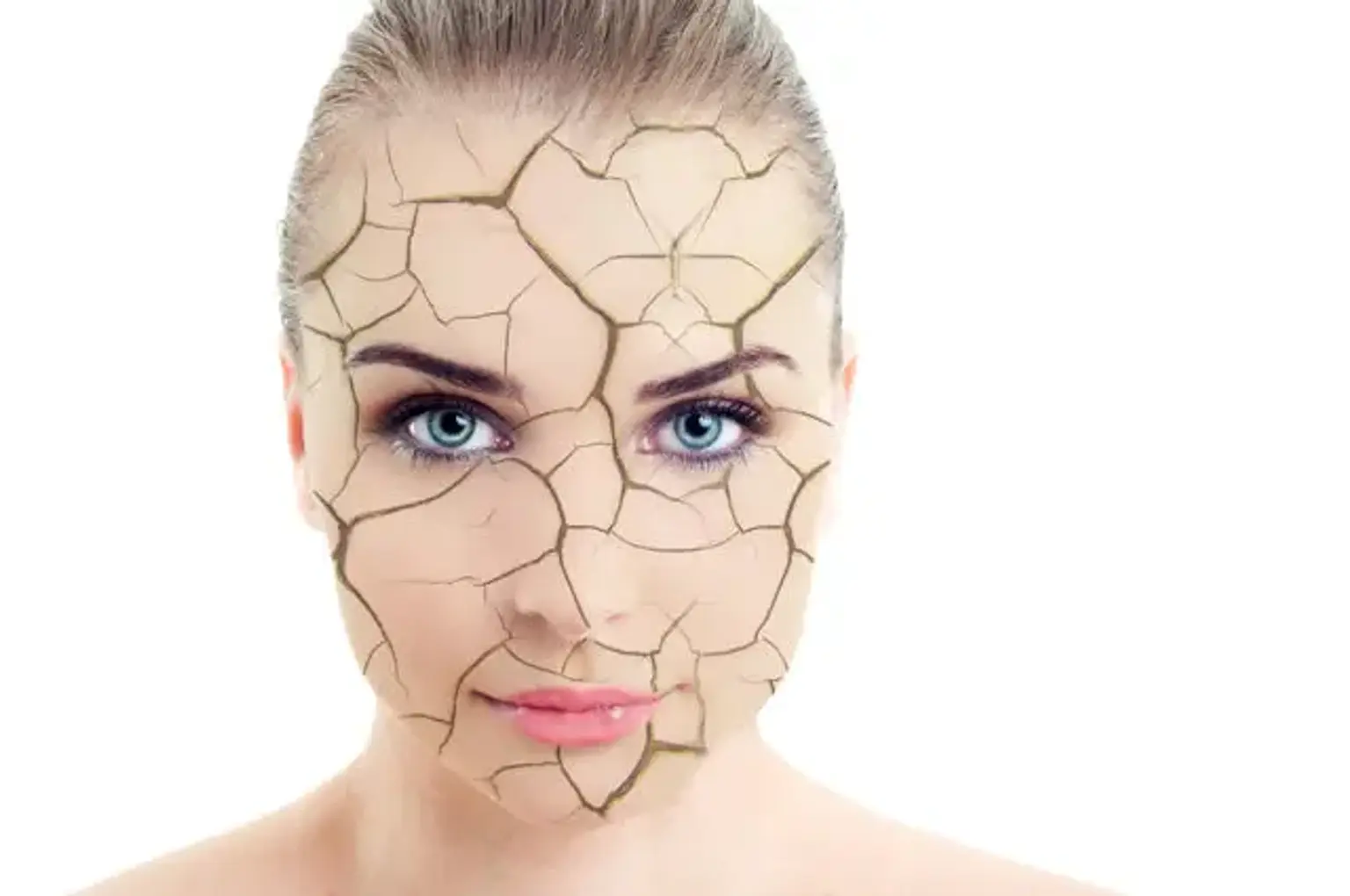Acquired maxillofacial deformities
Acquired maxillofacial deformities are the defacements or damages of the face and jaws that can occur during the person’s life. In such cases, a person is born with a normal appearance. However, a sudden event or a developing health problem can alter or interfere with the normal facial anesthetics.
Patients with maxillofacial deformities often experience emotional stress associated with poor self-esteem and social anxiety. Sometimes, it can result in functional issues such as difficulties in breathing, talking, chewing, malocclusion, and sinus disorders. In the long run, this reduces the patient’s general quality of life.
